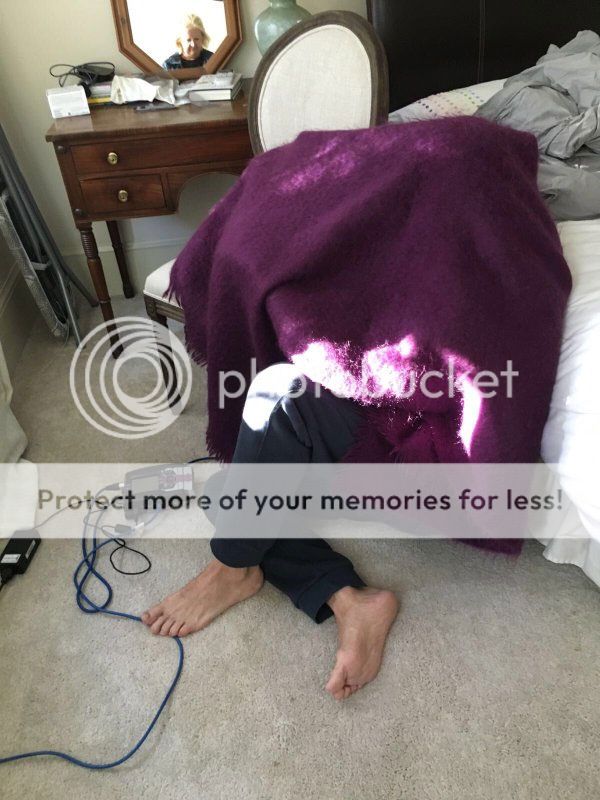Bobbsy
Boring Old Git
Just to repeat again what almost everyone has said, despite being expensive, the basic acoustic foam panels don't do a very good job anyway. There are specialist brands that offer up to four inch thickness and, used in conjunction with bass traps (in a layout designed by a specialist) that can do the job but just scattering so-called acoustic foam around the room won't do much for you.


 Maybe putting strips of 1" square timber on the wall every few inches and laying the underlay and carpet over it so a rippled effect like the accoustic foam is achieved?
Maybe putting strips of 1" square timber on the wall every few inches and laying the underlay and carpet over it so a rippled effect like the accoustic foam is achieved?